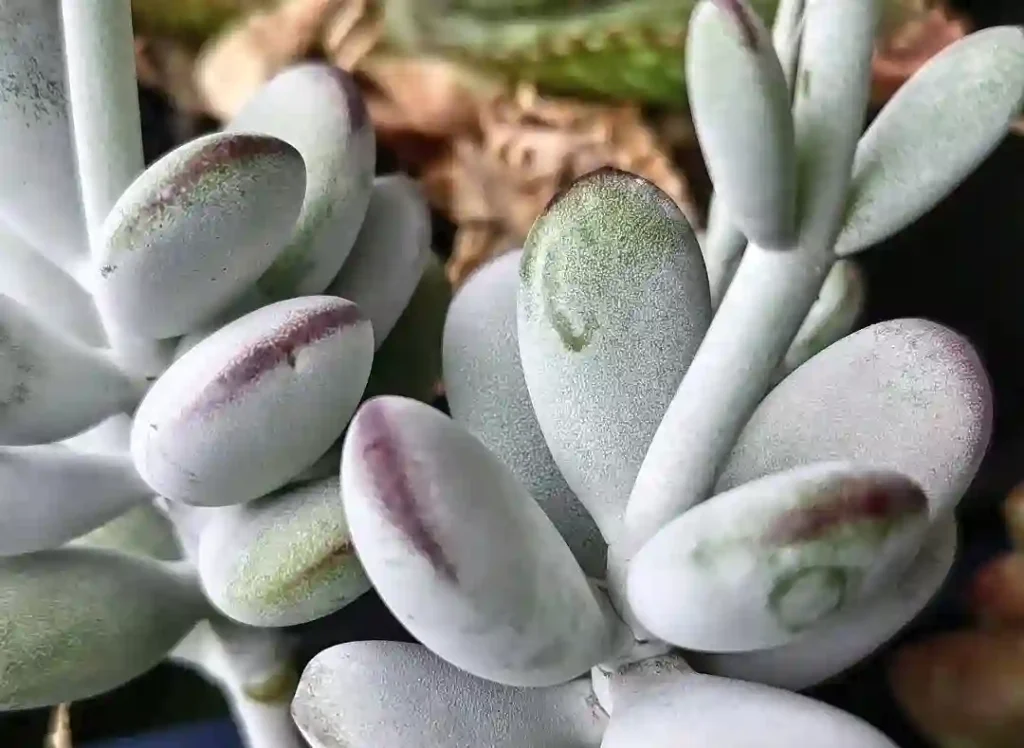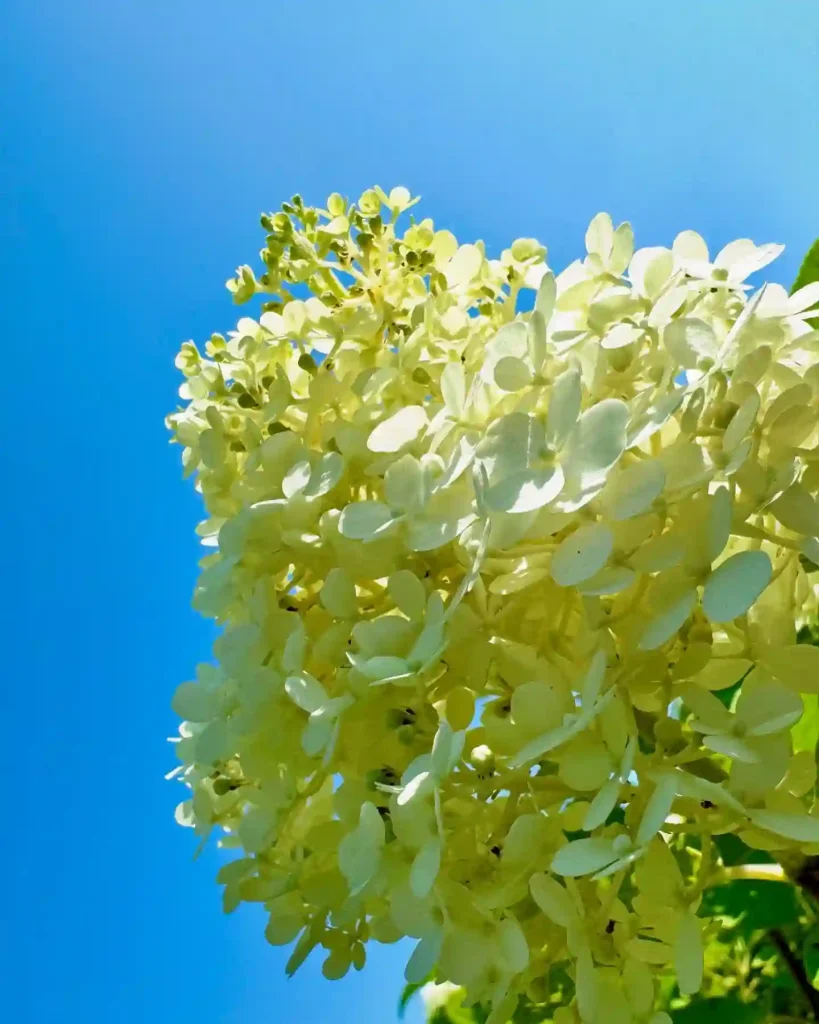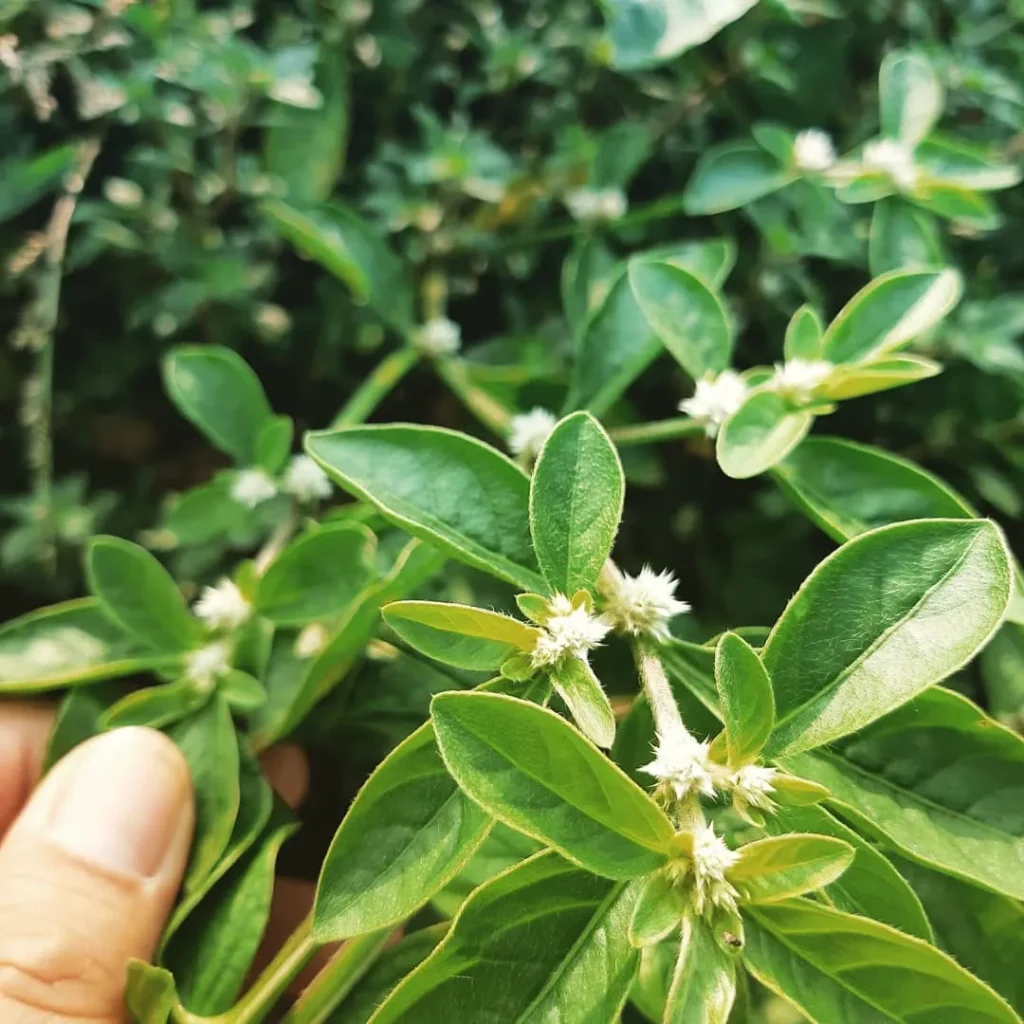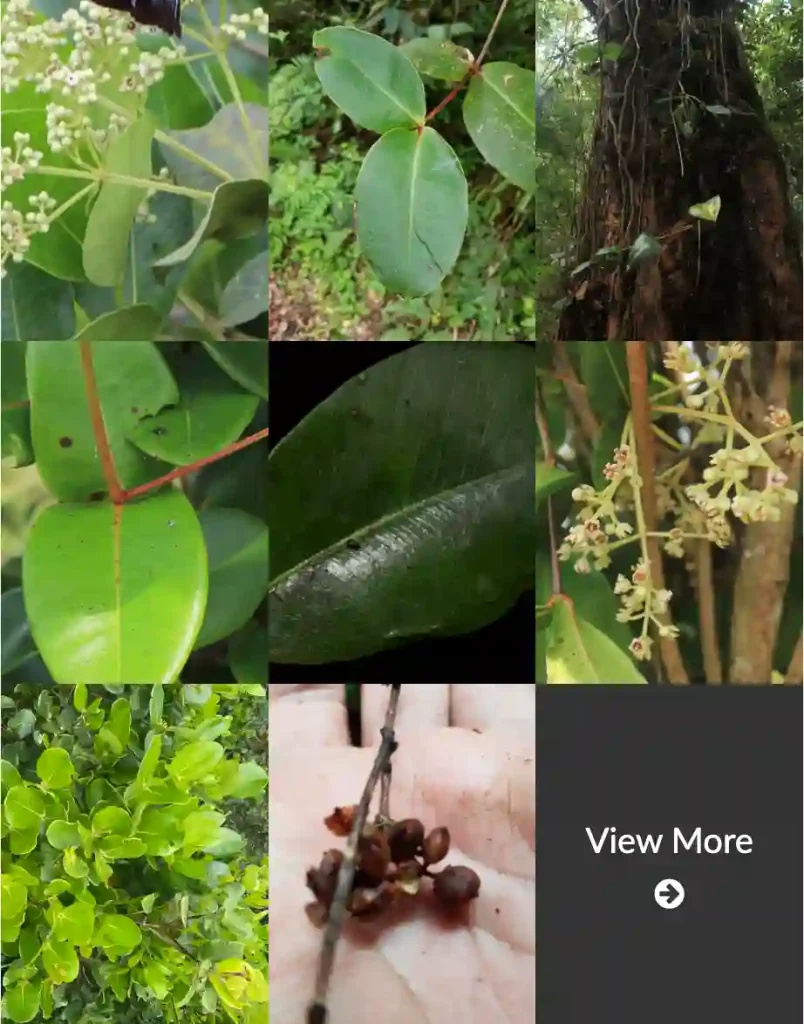Madia: A Golden California Native
I’ve always been drawn to the vibrant wildflowers that blanket California’s hillsides each spring. Among them, the genus Madia holds a special place in my heart. These cheerful yellow blooms, often referred to as “tarweeds,” might not be the showiest flowers in the meadow, but their resilience and unique characteristics have captivated me.
Getting to Know Madia
Madia is a genus of annual and perennial herbs belonging to the Asteraceae family, which also includes sunflowers and daisies. What sets Madia apart is the sticky, glandular hairs that cover their stems and leaves, giving them a slightly resinous feel. This “tar” is responsible for their common name and plays a role in the plant’s survival strategy.
These plants are primarily native to western North America, with a few species found in southwestern South America. They thrive in a variety of habitats, from coastal bluffs to dry, open grasslands. This adaptability is a testament to their hardiness.
A Closer Look at the Species
The genus Madia encompasses a diverse group of plants, each with its own unique features. Here are:
- Madia anomala Greene – A rare, aromatic plant with glandular hairs, primarily found in California, known for its sticky foliage and bright yellow blooms.
- Madia chilensis Reiche – Native to Chile, this species is recognized for its resilience in dry conditions and its vibrant yellow flowers that attract pollinators.
- Madia citrigracilis D.D.Keck – A distinct, aromatic annual with narrow leaves and clusters of small yellow flowers, primarily found in California’s Central Valley.
- Madia citriodora Greene – Noted for its citrus-like scent, this species grows in coastal California with bright yellow, daisy-like flowers.
- Madia elegans D.Don – Known as the common tarweed, this plant features sticky, hairy stems and a long flowering season with yellow blooms.
- Madia exigua (Sm.) Greene – A small, delicate species that thrives in arid regions, with sparsely distributed flowers and glandular leaves.
- Madia glomerata Hook. – Distinguished by its dense clusters of small, yellow flowers and sticky foliage, commonly found in the western United States.
- Madia gracilis (Sm.) D.D.Keck & J.C.Clausen ex Applegate – A slender, tall species with long, sticky stems and clusters of small yellow flowers.
- Madia radiata Kellogg – Rare and endemic to California, it has a unique spreading growth pattern and clusters of small yellow blooms.
- Madia sativa Molina – Known as Chilean tarweed, this species has a distinct aroma and bright yellow flowers, commonly cultivated for its oil-rich seeds.
- Madia subspicata D.D.Keck – A glandular, aromatic plant with sticky foliage and dense yellow flower clusters, well adapted to California’s dry environments.
The “Tar” in Tarweed
The sticky resin that gives Madia its common name might seem like an oddity, but it serves several important purposes. First, it acts as a defense mechanism, deterring herbivores from munching on the plants. The strong scent of the resin can also repel insects.
Interestingly, the resin also has allelopathic properties. This means it can inhibit the growth of other plants nearby, reducing competition for resources. While this might seem aggressive, it’s a clever survival strategy in harsh environments.
Madia and its Place in the Ecosystem
Despite their somewhat sticky disposition, Madia plants play a valuable role in their ecosystems. Their bright yellow flowers attract a variety of pollinators, including bees, butterflies, and moths. These insects help ensure the plants’ reproduction and contribute to the overall health of the ecosystem.
Madia seeds are also a food source for birds and small mammals, providing essential nutrients. Even the resin can be beneficial, as some Native American tribes used it for medicinal purposes and as a sealant for baskets and canoes.
Reflecting on Madia
My fascination with Madia stems from its resilience, its unique adaptations, and its understated beauty. These plants might not be the stars of the wildflower show, but they are an integral part of California’s natural heritage. Their ability to thrive in challenging conditions, their contribution to the ecosystem, and their historical significance all make them worthy of admiration.
As I continue to explore the natural world, I’m sure I’ll encounter many more fascinating plants. But Madia, with its golden blooms and sticky secrets, will always hold a special place in my botanical explorations.
If i die, water my plants!



